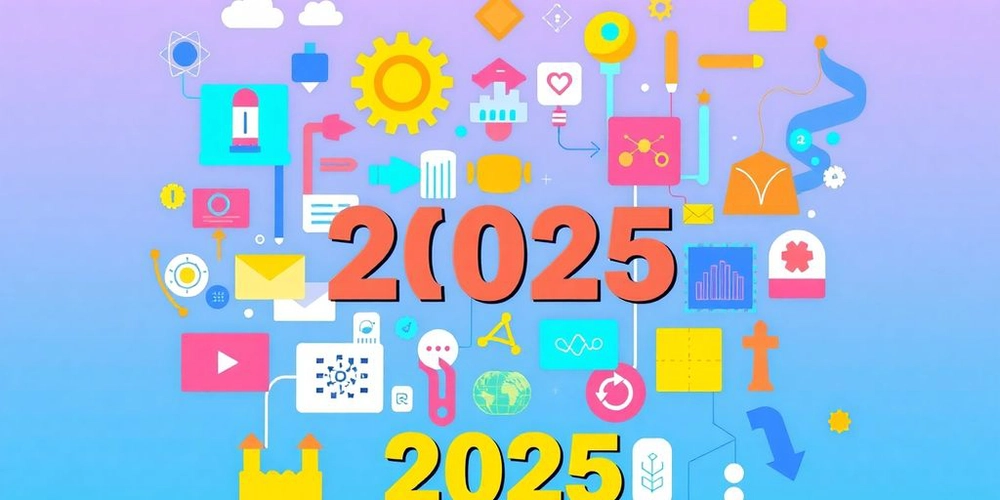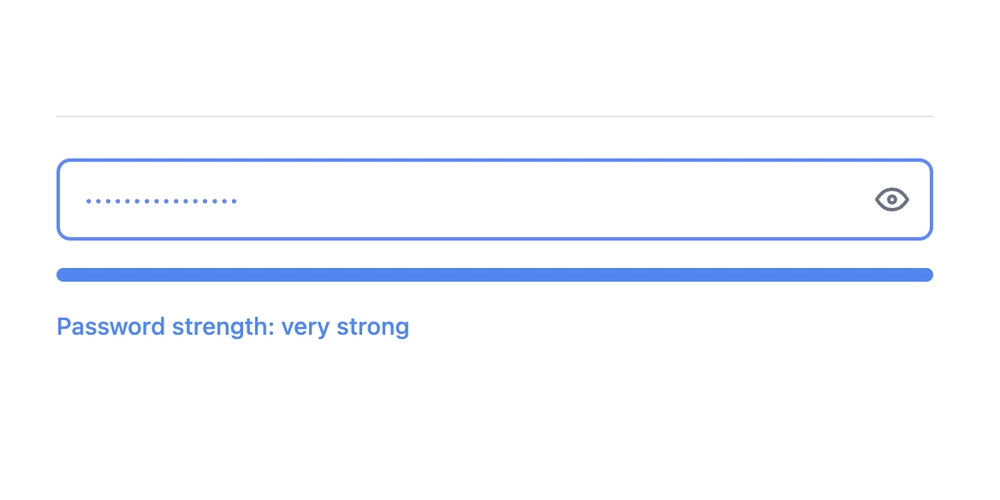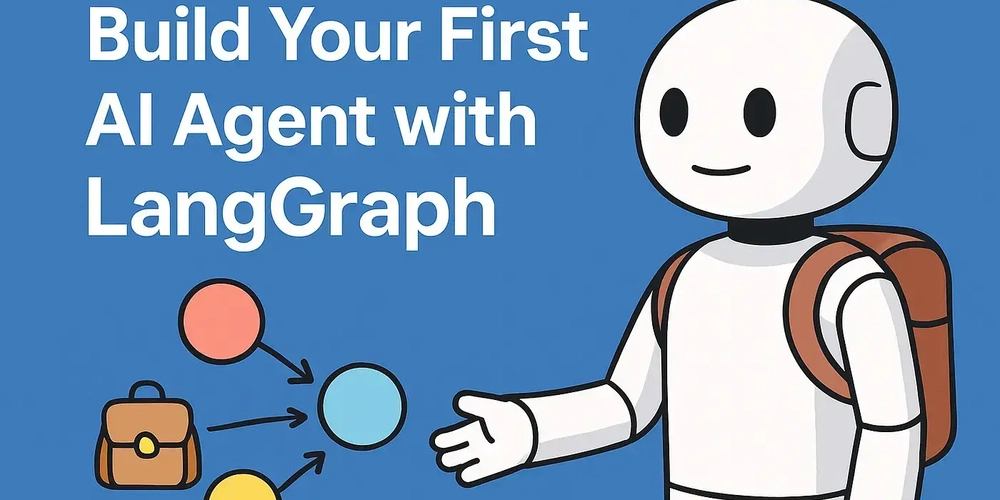Convolutional Autoencoders: A Practical Guide for Deep Learning Image Applications
Dive into the world of convolutional autoencoders and discover how they power deep learning applications for image analysis and generation. This tutorial will guide you through understanding, building, and training your own convolutional autoencoder using PyTorch. Learn how these powerful neural networks can extract and reconstruct image features, opening up new possibilities for image processing tasks.

What You'll Learn
- The fundamental concepts behind convolutional autoencoders.
- How convolutional autoencoders work for image reconstruction.
- How to implement a convolutional autoencoder with PyTorch.
- How to train and visualize the results of your autoencoder.
Prerequisites
Before you begin, ensure you have the following:
- Basic knowledge of Python programming.
- Familiarity with neural networks and deep learning concepts.
- A working Python environment with PyTorch installed.
Convolutional Neural Networks (CNNs) as Powerful Feature Extractors
Convolutional Neural Networks (CNNs) are excellent at extracting features from images. They process spatial data, such as images, through convolutional layers, ultimately converting it into a one-dimensional vector representation.
- CNNs identify key patterns and features in images.
- This process is similar to how our brains recognize objects.
- The extracted features are crucial for tasks like image classification.

Consider the VGG-16 architecture. The initial layers serve as a feature extractor. The network transforms a 224 x 224 image (50,176 pixels) into a 25,088-element feature vector. The subsequent linear layers then use this vector for classification.
Understanding the Autoencoder Architecture
An autoencoder is a type of neural network designed to reconstruct input data from a compressed representation. Imagine it as a sophisticated compression and decompression algorithm specifically for images. Autoencoders consist of three primary components:
- Encoder: Compresses the input image into a lower-dimensional feature vector.
- Bottleneck: A hidden layer that forces the network to learn the most important features.
- Decoder: Reconstructs the original image from the compressed feature vector.

The Role of the Encoder
The encoder acts as the feature extractor. Its job is to take an image and distill it down to its most important elements, creating a compact vector representation. Think of it as creating a highly efficient summary of the image.
The Bottleneck's Importance
The bottleneck (or code layer) is a critical component. It forces the autoencoder to learn a compressed representation of the input data. This compression encourages the network to capture the most salient features, discarding less important details.
Decoder: Reconstructing the Image
The decoder takes the compressed feature vector from the bottleneck and attempts to reconstruct the original image. A well-trained decoder can generate images that are remarkably similar to the original inputs.
How to Train a Convolutional Autoencoder with PyTorch
Let's build and train a convolutional autoencoder using PyTorch.
-
Import Necessary Libraries
-
Prepare your Dataset
We'll use the CIFAR-10 dataset, a common dataset for image classification, to train our autoencoder.
-
Define a Custom Dataset Class
Since we want the images themselves, rather than the class labels, to be the target of our reconstruction, we write a custom dataset class.
Designing the Architecture of Your Convolutional Autoencoder
Now, let's define the architecture of our convolutional autoencoder. This architecture is tailored for the CIFAR-10 dataset, processing 32 x 32 images with 3 channels. The encoder reduces the image to 64 8 x 8 feature maps, flattening them to a 4096-element vector. This vector is then compressed to 200 elements in the bottleneck. The decoder reverses this process, using transposed convolutions to reconstruct the original 3 x 32 x 32 image.

Training and Validation and the Role of the Bottleneck Layer
With the model defined, you need a systematic way to train and validate its performance. Below is an example of a class that is used for training.
Visualizing Results and Improving the Model
After training, visualize the reconstructed images to assess the autoencoder's performance.

By the end of the first epoch, the decoder starts to reconstruct images from the compressed 200-element vector. The reconstructed images become more detailed with each epoch.

Plotting training and validation losses can help determine if the model needs more training epochs. If the losses are still decreasing, additional training may improve performance.
Understanding the Bottleneck Layer
The bottleneck forces the decoder to learn a generalizable mapping. However, there's a balance. A small bottleneck may lead to information loss, while a large bottleneck might prevent effective compression.

Here, a latent dimension of 1000 resulted in almost perfect reconstruction; this could mean the network is under-generalizing.

The losses for a higher latent dimension are also lower, suggesting the same thing.
Conclusion
Convolutional autoencoders offer a powerful approach to image processing and representation learning. By understanding their architecture and training process, you can create models for various applications, including image denoising, anomaly detection, and generative tasks. Start experimenting with different architectures and datasets to further explore the potential of convolutional autoencoders.
.png)


















